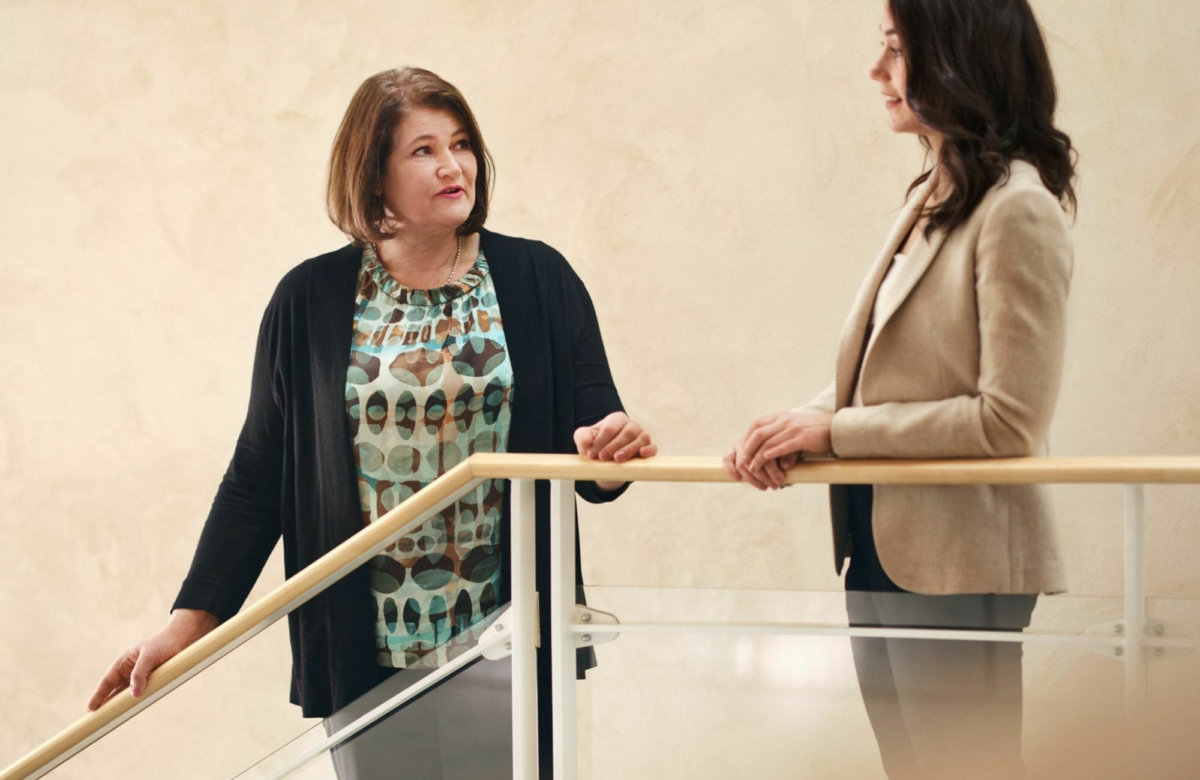Change Starts with Listening

Change communication often gets an unfair reputation: people say it’s slow, complicated, or ineffective. Many leaders have been in situations where an important message just doesn’t seem to land, no matter how carefully it’s crafted. But what if the problem isn’t in what’s being said, but in what’s not being heard?
Not being heard is a root cause of resistance
Change stirs emotions: uncertainty, fear, hope, excitement. When these emotions are ignored, they take on a life of their own. When people feel that their thoughts and concerns aren’t being listened to, they stop listening too - especially to what the organization is trying to say.
Heli Häyrynen, Greenstep’s change management expert, puts it plainly:
“Every change should start with listening. We tend to forget that when we get too excited about the change itself.”
Listening is not passive. It’s an intentional act that builds trust, and trust is the most valuable currency in any change. Without it, even the clearest message won’t land.
Organisations that truly listen communicate better
Listening doesn’t mean running a survey or collecting feedback forms. It means creating real dialogue, where:
-
people feel safe enough to say what they really think
-
leaders aim to understand, not just defend decisions
-
conversations stay open, even when things get uncomfortable
When people feel heard, their attitude toward communication changes. The message is no longer just an announcement - it’s a continuation of a dialogue they’ve been part of.
“If I’ve been heard, I want the change to succeed. If I’m just told what’s happening, I’ll step aside.”
The cost of not listening
When change communication feels one-sided, people pull back. They play it safe. They wait to see whether the change will actually happen, or quietly fade into the background, like so many before it.
This passivity comes at a cost. Projects stall. Commitment stays shallow. Valuable insights go unused because no one has the energy to speak up. Communication turns into broadcasting, not interaction.
And worst of all - you miss the moment when you could have built a shared story for the change.
How to strengthen listening in practice
Heli reminds us that listening can be practiced and led:
-
Create real spaces for discussion - not just presentation formats
-
Pause for questions, even the hard ones
-
Reflect back what you’ve heard in your messaging
-
Ask, “How does this feel to you?” instead of just “Any questions?”
One organization took a simple step to shift into listening mode: they added an anonymous question prompt at the end of every communication session. That one change sparked a chain of open conversations, where people voiced real concerns, and leadership could respond in real time.
What used to be a one-way update became a shared process.
Listening doesn't slow down change - it enables it
There’s a common fear that listening takes too much time. That it makes change slower, heavier, harder to lead.
But the truth is the opposite. Listening creates shared understanding. It lowers resistance. It surfaces better solutions - ones you might never reach alone. Most importantly, it strengthens commitment.
When people feel ownership, change stops being a threat, and becomes an opportunity.
Published 18.09.2025